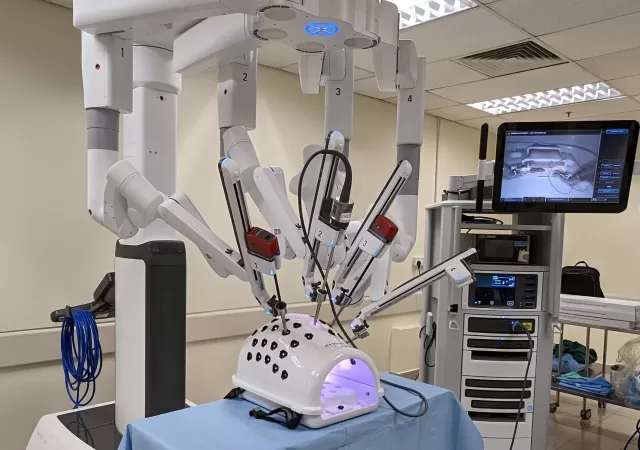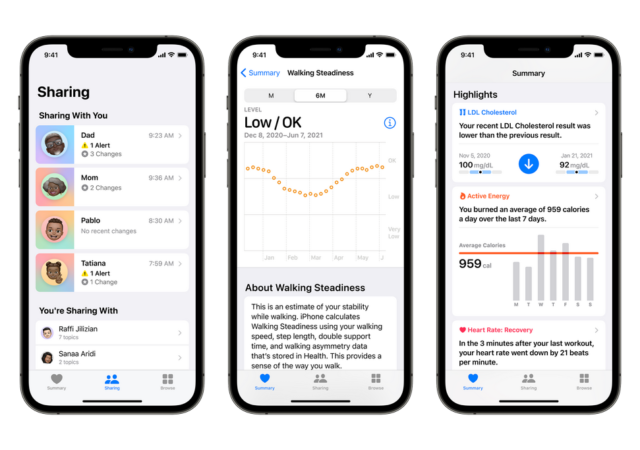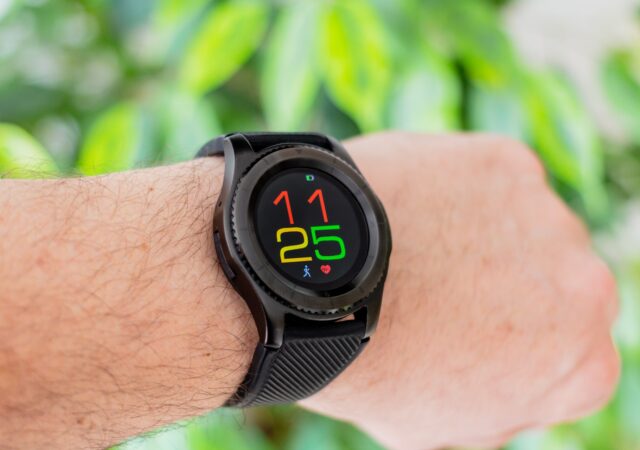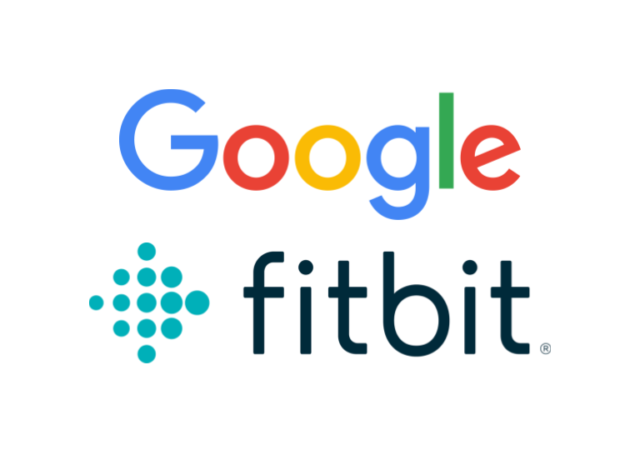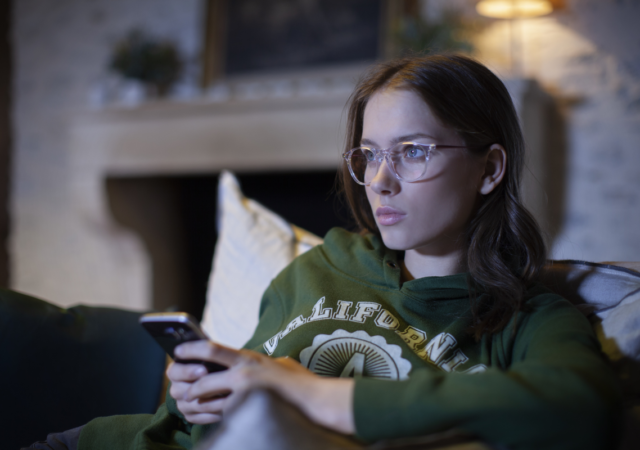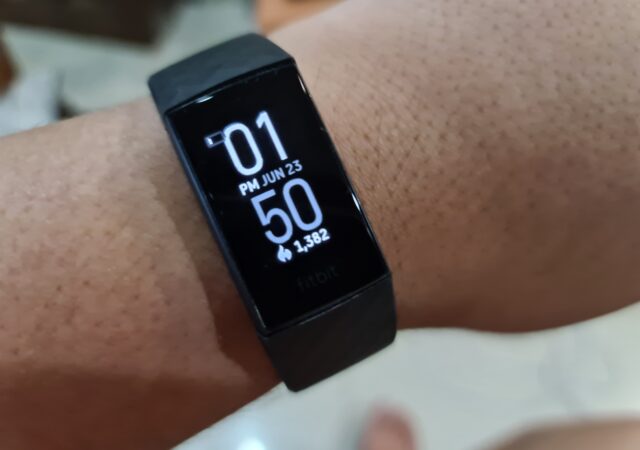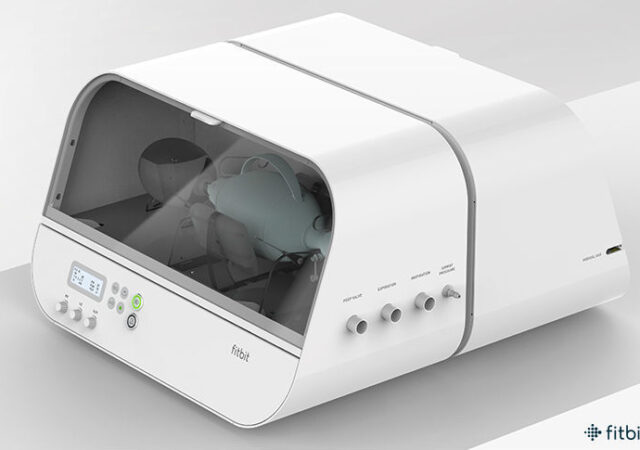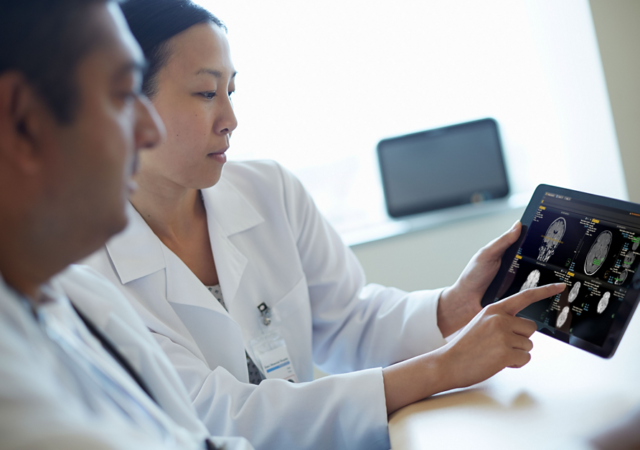Sunway Medical Centre commemorates a big milestone in robot-assisted surgeries, celebrating 1000 successful surgeries and its patients. Committed to being a leading smart hospital, SunMed advances further with the acquisition of the highly advanced, da Vinci Xi 4th Generation Surgical…
[WWDC 2021] Apple Empowers Personalised Health With Improvements to Health App
Apple brings a slew of new features to its health app which empowers users with more granular control of their data.
[Google I/O 2021] Google & Samsung Take Wear OS to the Next Level
Google and Samsung are partnering to bring one of the biggest updates to Wear OS that could change the fate of wearables.
It’s Official; Fitbit is now Google’s. What Does This mean?
Fitbit is now officially acquired by Google. The acquisition is part of Google’s bid to complete its manufacturing capabilties.
In Front of Your Screen for Long Hours? You May Be Suffering from Eye Fatigue & Strain
Screen time, eye fatigue and eye strain are phrases that are becoming increasingly common nowadays; more-so since the COVID-19 pandemic has forced many of us to work remotely. The increased screen time has cause many of us to feel the…
A Week with the Fitbit Charge 4 -Making Sense of Fitness
The Fitbit Charge 4 is an amazing device, but the metrics it provides can be daunting. So, over the course of a week, we decided to try to make sense of it all.
Fitbit Introduces Fitbit Flow to Help With COVID-19 Pandemic
Not too long ago, we covered a call to arms by a few governments across the world to develop and produce ventilator devices to help with the current shortage across many countries due to the COVID-19 outbreak. Health and wearables…
Bringing Intelligence to Medical Devices and Machines
Medical technologies are evolving to include many of the technological innovations that we’ve seen in everyday tech. How is AI affecting technology?



